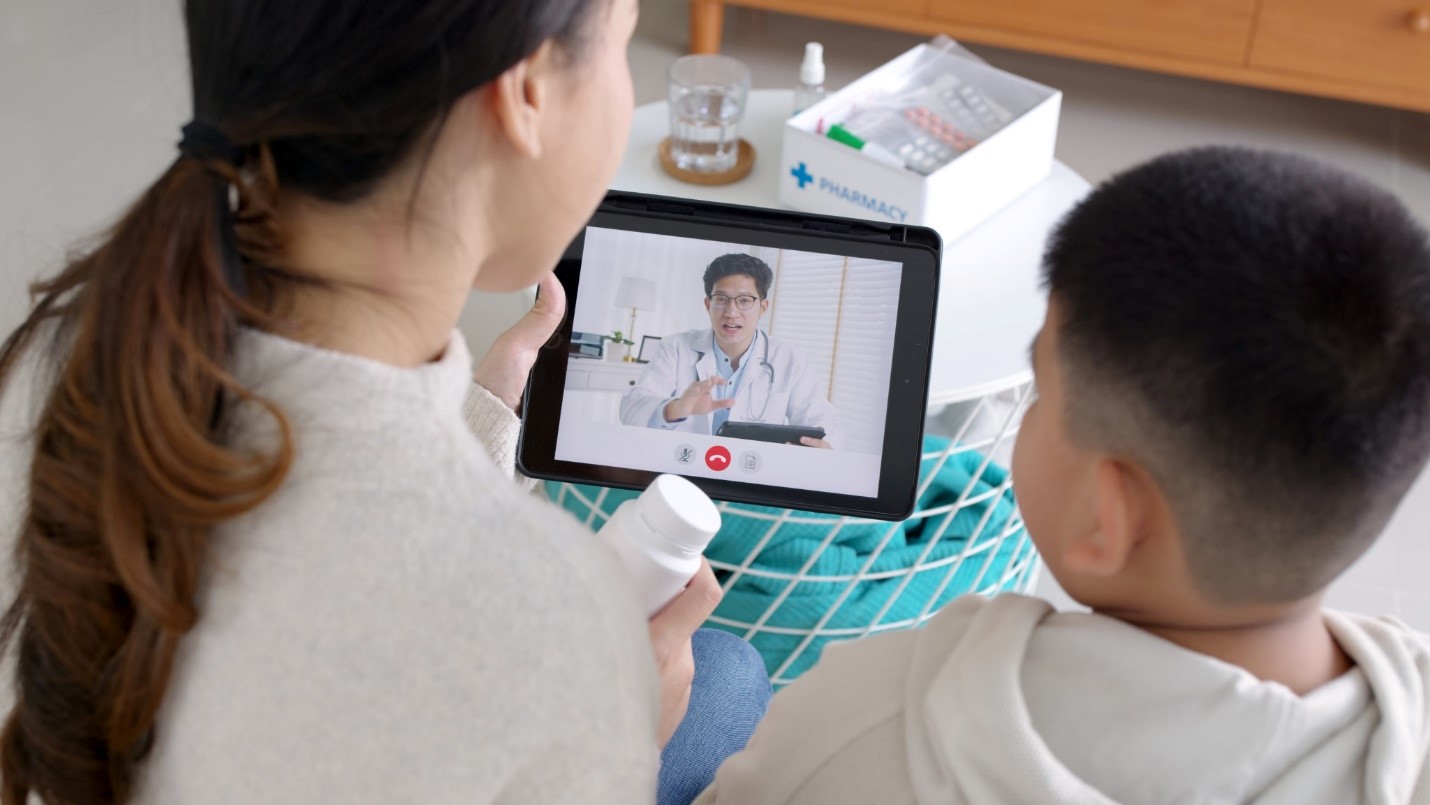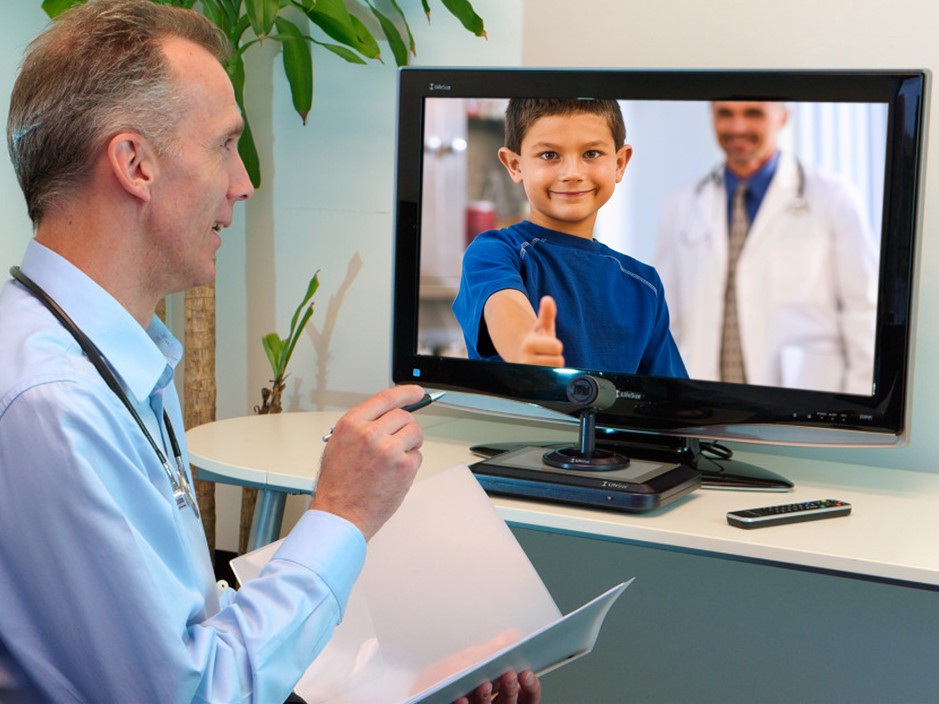In recent years, pediatric telehealth services have experienced exponential growth, driven by advancements in technology, changing healthcare policies, and the increased demand for accessible and efficient healthcare solutions. This article delves into the latest trends in pediatric telehealth, examining the factors contributing to its rise, the benefits and challenges it presents, and the future outlook for this burgeoning field.
The Rise of Pediatric Telehealth
The COVID-19 pandemic served as a catalyst for the widespread adoption of telehealth services across all medical disciplines, including pediatrics. With social distancing measures and lockdowns in place, healthcare providers had to pivot quickly to ensure continuity of care. According to a report by the American Academy of Pediatrics (AAP), telehealth visits for children surged by more than 400% during the early months of the pandemic.
However, the roots of pediatric telehealth extend beyond the pandemic. The increasing penetration of smartphones and high-speed internet, coupled with advancements in telecommunication technologies, has made telehealth a viable option for many families. Furthermore, the growing acceptance of telehealth by insurance companies and regulatory bodies has facilitated its integration into mainstream healthcare.

Key Trends in Pediatric Telehealth
- Integration with Electronic Health Records (EHRs)
One of the most significant trends in pediatric telehealth is the seamless integration with Electronic Health Records (EHRs). This integration ensures that telehealth visits are documented accurately and comprehensively, allowing for better continuity of care. EHRs also facilitate the sharing of patient information among healthcare providers, which is crucial for coordinated care, especially for children with chronic conditions.
- Expansion of Telebehavioral Health Services
Telebehavioral health services have seen substantial growth, addressing the increasing prevalence of mental health issues among children and adolescents. The convenience and privacy offered by telehealth make it an attractive option for families seeking mental health support. Telebehavioral health services include therapy sessions, psychiatric consultations, and behavioral assessments, all conducted remotely.
- Remote Monitoring and Wearable Devices
The use of remote monitoring and wearable devices in pediatric telehealth is another emerging trend. These devices can track vital signs, glucose levels, and other health metrics in real-time, enabling healthcare providers to monitor patients continuously. Remote monitoring is particularly beneficial for managing chronic conditions such as asthma, diabetes, and epilepsy, allowing for timely interventions and reducing the need for in-person visits.
- Expansion of Telehealth in Schools
Schools have become important venues for the delivery of pediatric telehealth services. Telehealth programs in schools can provide on-site consultations with healthcare providers, reducing absenteeism and ensuring that students receive timely medical attention. These programs are particularly valuable in underserved areas where access to healthcare facilities may be limited.
- Specialized Telehealth Services
The demand for specialized telehealth services, such as telecardiology, teledermatology, and teleorthopedics, is on the rise. These services allow pediatric specialists to consult with patients remotely, providing expert care without the need for travel. This is especially beneficial for families living in rural or remote areas who may not have easy access to specialized care.

Benefits of Pediatric Telehealth
- Increased Access to Care
One of the primary benefits of pediatric telehealth is the increased access to care it provides. Families in rural or underserved areas can connect with healthcare providers without the need for long-distance travel. Telehealth also offers flexibility in scheduling, making it easier for parents to fit medical appointments into their busy lives.
- Cost-Effectiveness
Telehealth can be a cost-effective alternative to traditional in-person visits. It reduces the need for transportation, childcare, and time off work, which can be significant barriers for many families. Additionally, telehealth can help reduce healthcare costs by minimizing unnecessary emergency room visits and hospitalizations.
- Continuity of Care
Telehealth ensures continuity of care by providing a platform for regular follow-ups and monitoring. This is particularly important for children with chronic conditions who require ongoing management. Telehealth also facilitates communication between different healthcare providers, ensuring that all aspects of a child’s care are coordinated.
- Enhanced Patient Engagement
Telehealth can enhance patient engagement by involving children and their families in the care process. The convenience of telehealth allows for more frequent interactions with healthcare providers, fostering a stronger patient-provider relationship. This can lead to better adherence to treatment plans and improved health outcomes.
Challenges and Considerations
- Technological Barriers
While telehealth has the potential to increase access to care, technological barriers such as lack of internet access or digital literacy can limit its reach. Families in low-income or rural areas may not have the necessary devices or connectivity to participate in telehealth visits. Addressing these disparities is crucial to ensuring equitable access to telehealth services.
- Regulatory and Reimbursement Issues
The regulatory landscape for telehealth is complex and varies by state. Issues related to licensure, reimbursement, and privacy can pose challenges for healthcare providers. While there have been significant strides in telehealth policy, ongoing advocacy and policy reform are needed to address these challenges and support the sustainable growth of telehealth services.
- Quality of Care
Ensuring the quality of care in telehealth is another important consideration. While telehealth can provide effective care for many conditions, there are limitations to what can be assessed and treated remotely. Healthcare providers must be vigilant in determining when in-person visits are necessary and ensure that telehealth does not compromise the quality of care.
Future Outlook
The future of pediatric telehealth looks promising, with continued advancements in technology and increasing acceptance by healthcare providers, patients, and policymakers. The integration of artificial intelligence (AI) and machine learning into telehealth platforms has the potential to enhance diagnostic accuracy and personalize care. Additionally, the expansion of broadband access and digital literacy initiatives can help bridge the digital divide and ensure that all families can benefit from telehealth services.
In conclusion, pediatric telehealth services are transforming the landscape of pediatric care, offering increased access, cost-effectiveness, and continuity of care. While there are challenges to address, the potential benefits of telehealth are substantial. As technology continues to evolve and healthcare policies adapt, pediatric telehealth is poised to become an integral part of the healthcare system, ensuring that all children receive the care they need, regardless of their location.




